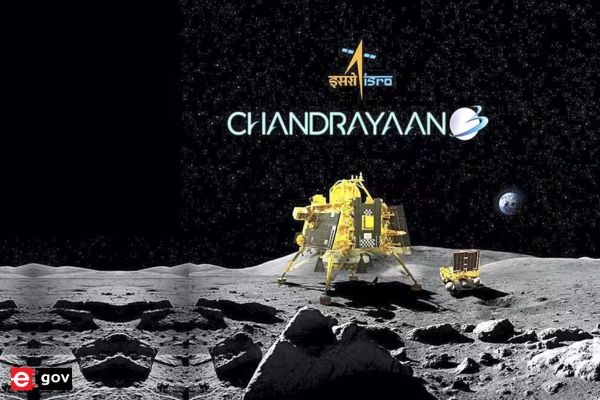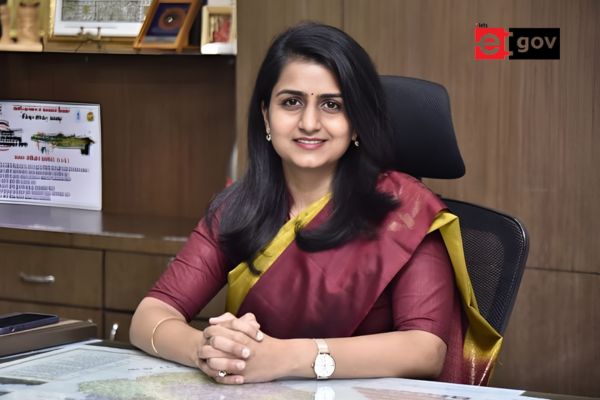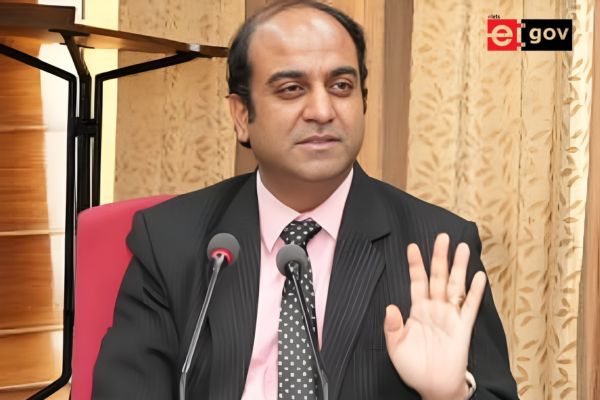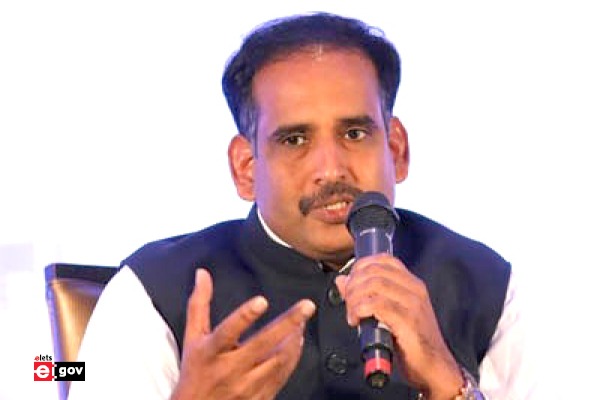
In a groundbreaking achievement, India has made history with the successful completion of the Chandrayaan-3 mission, marking a significant milestone in the nation’s space exploration journey. The ambitious lunar mission, spearheaded by the Indian Space Research Organisation (ISRO), has not only showcased India’s technological prowess but also cemented its position as a prominent player in the global space community.
Prime Minister Narendra Modi, who is in Johannesburg, expressed his admiration for the scientific community’s relentless dedication. In his virtual address , he said, “India’s moon mission is human-centric and is dedicated to the service of humanity. This momentous achievement is a testament to the relentless dedication of our scientists. I salute their spirit and ingenuity!”
After its launch in July, Chandrayaan-3 embarked on an impressive journey, culminating in its current lunar landing endeavor. At the heart of this mission is ISRO’s Vikram Lander Module, which touched down on the lunar surface around 6:04 pm today. With a safe landing, the module is poised to deploy the Pragyan rover to further explore the intriguing lunar landscape.

Nevertheless, the ultimate challenge was in the final phase of the landing. Roughly 20 minutes prior to touchdown, ISRO initiated the Automatic Landing Sequence (ALS), a pivotal moment in ensuring the mission’s success. This sequence empowered the Vikram Lander Module to autonomously take control, utilizing its onboard computers and intelligent algorithms to identify a suitable landing site and execute a gentle landing maneuver.
Experts underscored the significance of the last 15 to 20 minutes of the mission, as the Vikram lander meticulously prepared for a delicate lunar touchdown. Anticipation and hope soared not only across India but also around the world, as people offered their prayers for the triumphant completion of Chandrayaan-3’s landing operation.

This attempt was underpinned by ISRO’s acknowledgment of the challenges faced during India’s second lunar mission, where a setback occurred during the final stages of landing. To mitigate these risks, ISRO took additional precautions throughout the entire process. Due to the nerve-wracking nature of the mission’s final moments, these moments are often referred to as the “20 or 17 minutes of terror.” During this phase, the mission became fully autonomous, demanding the Vikram lander to expertly ignite its engines at precise altitudes and times.
As the nation celebrates this remarkable feat, the achievements of the mission are expected to reverberate through the annals of space history for years to come.
Be a part of Elets Collaborative Initiatives. Join Us for Upcoming Events and explore business opportunities. Like us on Facebook , connect with us on LinkedIn and follow us on Twitter, Instagram.
"Exciting news! Elets technomedia is now on WhatsApp Channels Subscribe today by clicking the link and stay updated with the latest insights!" Click here!













